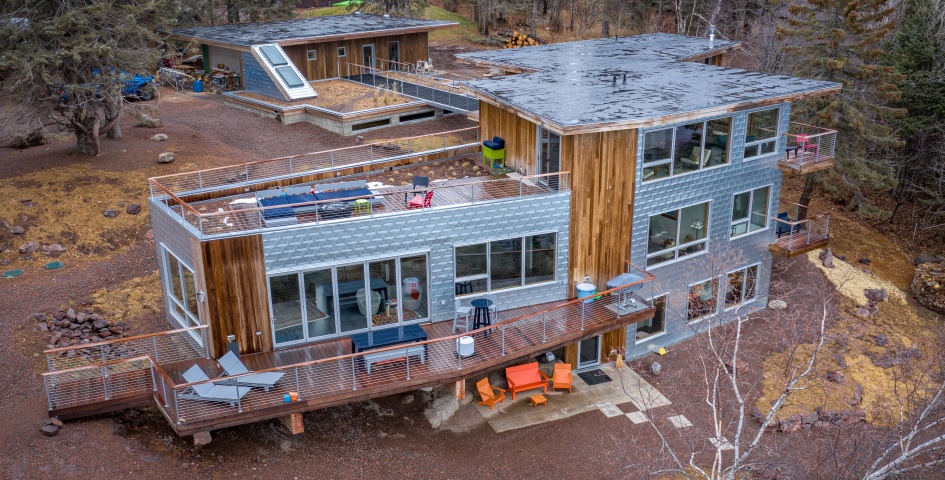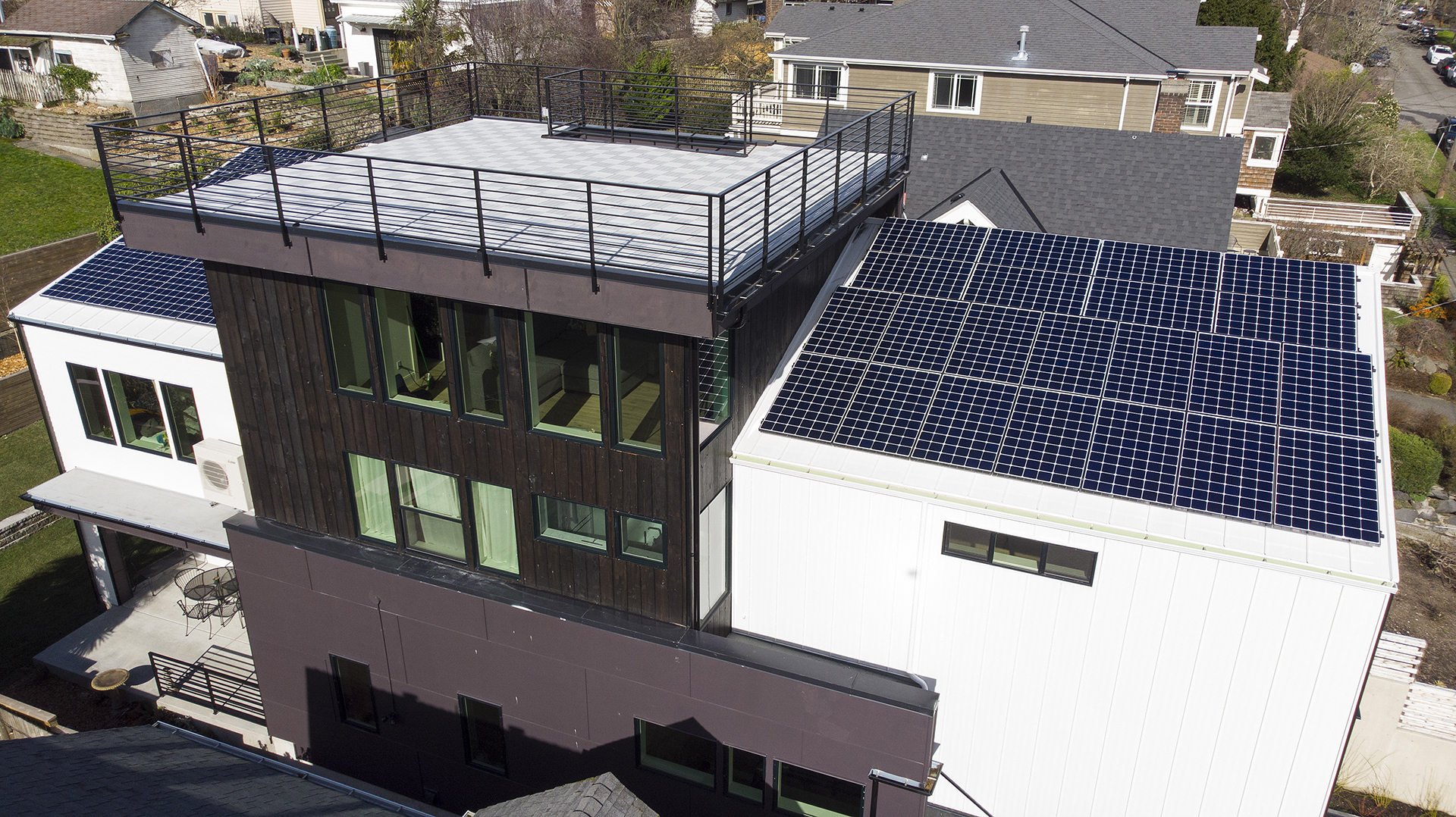As more alarming studies surrounding climate change come out, scientists are recommending that people take real action to prevent the disasters of global warming. A great way for individuals to start is by rethinking eco-friendly housing practices. First-time homeowners should take this into consideration when making their move.
There are a variety of ways first-time homeowners can create a more sustainable home for the future and by using these tips, you can prepare your home with environmental sustainability in mind.
Utilize High-Performance Windows
Energy efficient windows provide a variety of benefits for new homeowners. Once the windows are installed, homeowners can see increased savings on their heating and cooling bills. High-performance windows not only boost the natural sunlight coming into your home, but they also reduce the need for lights until nighttime. Ultimately, this is a great way to save money on electricity as well. These windows can decrease the amount of weather-related noise such as rain, wind, snow or hail.
If you want to improve the overall comfort within your home, these windows also have the benefit of helping to prevent any unwanted drafts or gusts of wind. Even the new technology built into these windows can help prevent condensation build up, which saves the need to wipe down your windows, and over time, reduces the likelihood of mold and mildew. If you need assistance installing these eco-friendly windows, consider hiring a professional to help. That is the simplest way to get concrete results.
Invest in Eco-Friendly Appliances
Another step you can take to become more eco-friendly is to invest in energy-efficient appliances. Regular home appliances use loads of energy, contributing to the creation of excessive greenhouse gases. Eco-friendly appliances are essential for homeowners who want to be more environmentally conscious but with as little disruption as possible to their day to day routine. New homeowners can also save money by installing these types of appliances since the more energy efficient an appliance is, the lower the utility bill.
When moving into a new home, it’s critical to invest in appliances that not only limit greenhouse emissions but also conserve water. Before buying these appliances, check for the right size, scan for any EnergyGuide labels that compare energy usage, and make sure that there are sufficient energy-saving settings. If you like to plan for the future and be prepared, you should look into getting a home warranty that will provide peace of mind if any unexpected issues arise down the line. Nobody wants to scramble for last minute repairs, so home warranties eliminate the stress and hassle of coming up with the necessary money at a moment’s notice. Implementing this at the beginning of your time there will help you save money in the long-run, especially for new homeowners.
Consider Solar Panels
Solar-powered systems are able to derive clean and natural energy from the sun. Installing solar panels on your home will help reduce your dependence on power companies, resulting in fewer greenhouse gas emissions from the power plant. Most of our traditional electricity supply systems are sourced directly from fossil fuels such as coal and natural gas which, when burned to produce electricity, emit harmful greenhouse gases that are a primary cause of air pollution and global climate change.
The most common solar panels are ones placed on the roof of your property. New homeowners should take into account the amount and size of panels that they want, as well as the location and direction the panels will need to face. The most common direction is south-facing, however, not every home has the same options Much like every home addition, it would be a lot easier to hire a solar contractor to assist with your eco-friendly aspirations rather than taking on such a big project on your own. This way, you not only save yourself time and energy, but you can confidently implement these costly tools.
Evaluate your Home’s Insulation
Before buying or moving into a new property, every homeowner must reevaluate the home’s insulation. This feature can provide a variety of functions to increase your overall comfort while cutting costs and saving energy. Effective insulation can protect your home from extreme outdoor temperatures while creating more consistent indoor temperatures. It can also increase your home’s indoor air quality and help control the humidity. It’s best to implement air sealing and home insulation together.
Air sealing helps to keep unwanted, outside air from filtering in through cracks, gaps, and holes, by essentially creating an air barrier along the exterior of your home. Insulation works a bit differently in that it provides resistance to the transfer of heat, thus keeping heat inside in the winter and outside in the summer. In other words, insulation acts as an effective thermal barrier. Finding nooks and cracks in your home’s armor and evaluating your home’s insulation begins with an energy audit. During an energy audit, a home performance expert will inspect your home and administer several diagnostic tests to assess the efficiency of your home. This inspection will help target problem areas that are undermining home comfort and efficiency.
Implement Smart Systems
Smart home automation systems are critical when it comes to creating a more efficient and sustainable home. There are a variety of gadgets new homeowners can utilize to get the most out of their home in an eco-friendly way. A smart thermostat, for example, can automatically change temperature based on your preferences along with a specific schedule. Even lights can be programmed to shut off at a certain time to save energy. Smart home automation can also help you maximize home security practices so that your home surveillance system can be accessible from the palm of your hand.
It may seem like a large demand to implement a number of different smart home systems, but all of these systems have capabilities that some homeowners never thought were possible. Smart home automation systems will only get more advanced, so if you start utilizing these features now, you will be in a better position for the future. Carefully consider how much easier some of these systems will make it for the people residing in your home.
Moving into a new home is always an exciting adventure, but it can also be overwhelming at times. Investing in eco-friendly ways to save money and energy will not only help homeowners live a more sustainable lifestyle, but can help save the earth. We only have so much time left, let’s try and make a difference while creating a home atmosphere that is positive and refreshing.
The Smart Home: A Homeowner’s Guide to Eco Technology and Green Energy – https://www.comparethemarket.com/mortgages/content/smart-home-guide/















